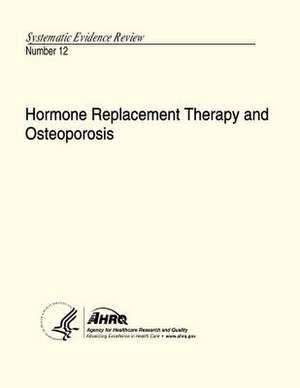Hormone Replacement Therapy and Osteoporosis
Autor U. S. Department of Heal Human Services, Agency for Healthcare Resea And Qualityen Limba Engleză Paperback
Preț: 91.08 lei
Preț vechi: 95.87 lei
-5% Nou
Puncte Express: 137
Preț estimativ în valută:
17.43€ • 18.93$ • 14.64£
17.43€ • 18.93$ • 14.64£
Carte disponibilă
Livrare economică 01-15 aprilie
Preluare comenzi: 021 569.72.76
Specificații
ISBN-13: 9781490565729
ISBN-10: 1490565728
Pagini: 56
Dimensiuni: 216 x 279 x 3 mm
Greutate: 0.15 kg
Editura: CREATESPACE
ISBN-10: 1490565728
Pagini: 56
Dimensiuni: 216 x 279 x 3 mm
Greutate: 0.15 kg
Editura: CREATESPACE
